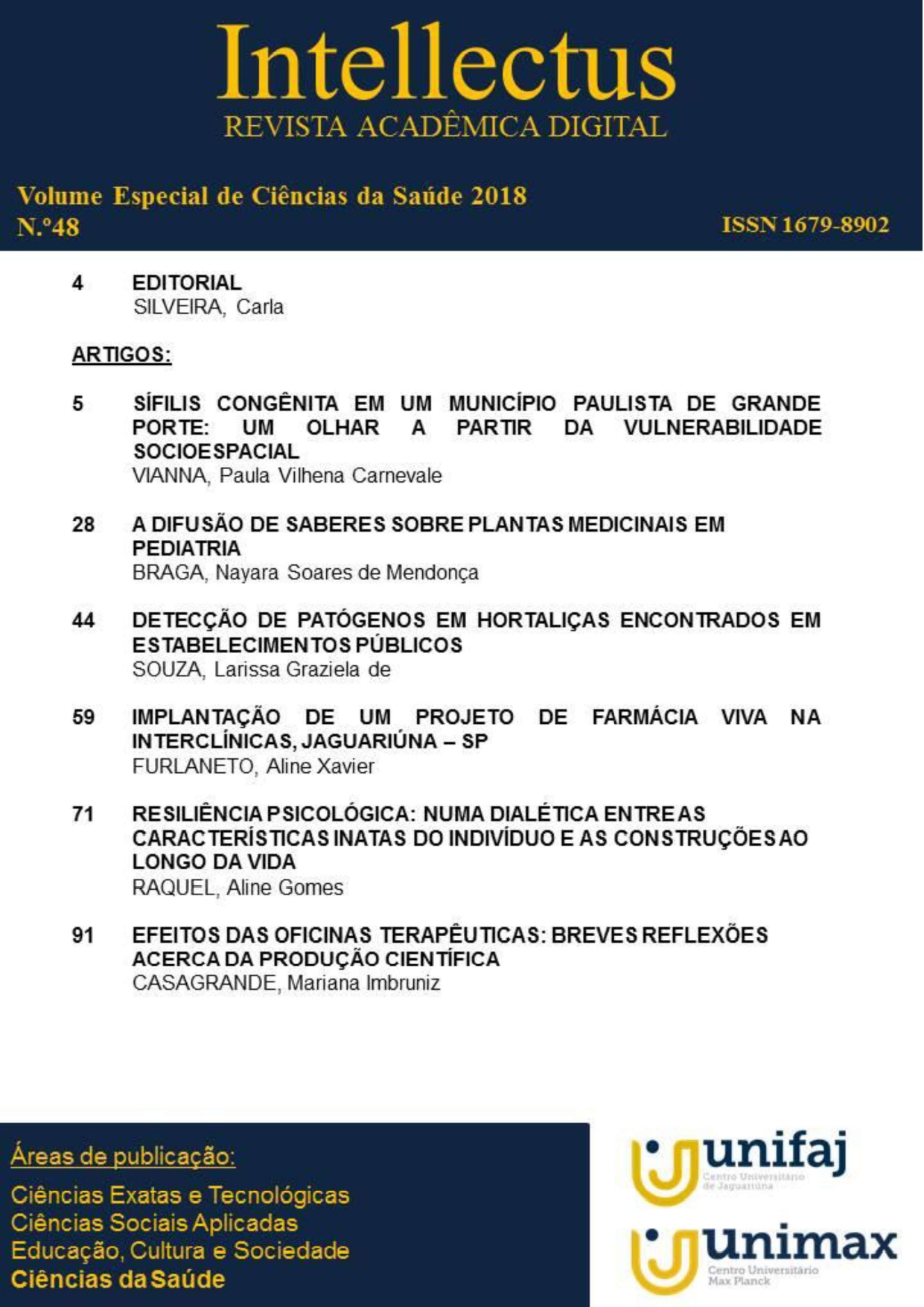Congenital syphilis in a large municipality of the State of São Paulo
a view from the spatial socio-vulnerability perspective
Keywords:
congenital syphilis, urban planning, public healthAbstract
Infectious diseases are historically associated with the spatial organization of life. The increased incidence of congenital syphilis (CS) relates to the social and urban dynamics involved in the health/disease/care process. This paper analyzes the socio-spatial distribution of congenital syphilis in the municipality of São José dos Campos, SP, in the years 2015 and 2016. It investigates the influence of socio-spatial conditioning factors and the access to primary care upon occurrence of the event. It is an ecological study, based on the CS cases taken from the national database Information System on Notification Conditions. Area estimates, calculated by Kernel spatial analysis, were generated by the ArcGis software, in a geo-referenced analysis of the mother’s dwelling place at the time of birth of the infants in such condition. The Primary Care Units (PCUs) were spatially identified. The Social Vulnerability Index for the State of São Paulo (IPVS) measured the vulnerability of the area. A positive correlation between CS and IPVS was noted (Pearson’s coefficient = 0,99; p = 0,001). Most PCUs are located in areas of small vulnerability. The events occurrence density per area, i.e., cases of congenital syphilis notified at birth, was associated with socio-spatial vulnerability.



